Four C-Store Champions discuss how they maintain security in their stores and reveal how they make their staff and customers feel safe
Craig Cunningham, Abbiecraig Services (Mace), Cupar, Fife
At Craig and sister Abbie’s forecourt, staff record the licence plate number of anyone acting suspiciously.
Raj Aggarwal, Londis Queens Drive, Wigston, Leicestershire
Staff at Raj’s Londis are taught that their safety comes first when it comes to dealing with crime in-store.
Sat Deo, two Costcutter stores in Wath and Maltby, South Yorkshire
Sat’s team are made aware of all the high-risk items in-store and are on alert for any would-be shoplifters.
Saki Ghafoor, two Nisa stores in Gateshead, Tyne & Wear, and Ashington, Northumberland
Saki has more than 120 security cameras across his two stores.
How safe do you and your staff feel in store?
Craig: We feel safe in our store. We’re by a main road so there are always lots of people in the area, and half the time the police are parked outside with speed cameras.
Raj: We feel very safe. It’s about making sure you have the right numbers of staff and the right provisions in place. There are always two people in the shop so no one is ever on their own.
Sat: We feel very safe because we have a zero tolerance policy and no hesitation in calling the police, so troublesome people realise it’s not worth trying it on in here.
Saki: We never have any fear in-store. We heavily invest in a good CCTV system and always have enough people on-site. The police are always popping in and out, and the response is very quick so that gives us and our staff reassurance.
How do you train your staff to help reduce or prevent crime?
Craig: If anything seems dodgy on the forecourt - for example, if someone is keeping their door open while they fill up their car, or if they are facing away from the shop, then staff know to take down the person’s registration number. They also have screens at the till where they can monitor CCTV footage. They also know to press the silent emergency button behind the till if they are being threatened.
Raj: You have to educate your staff in how to deal with crime. First and foremost, there’s the panic button, then we show them how to watch the CCTV and use the one-minute instant rewind tool to check things. We tell them how to stay safe - for example, if someone has a weapon, staff know to just open the till and then go to the back office. We tell them that they are more important than the products and the money.
Sat: When they first join, I teach them about their role as a cashier and that if they come across any threatening customers then to think of their own safety first. I point out specific lines that have a higher likelihood of being stolen, such as bacon and deodorant, so they know that if a customer is looking around that area then they need to be wary. If a staff member spots someone putting items into their bag, I give them two options. They can either detain the person and receive a £50 reward and call the police, or if they feel vulnerable they can just ask the customer to return the products and tell them to leave the store.
Saki: We go through in-house training on how to spot people who look suspicious and also how to use the security cameras. If staff suspect something, but are too busy to investigate, we encourage them to write down the time of the incident and a quick description of the person. Then we’ll follow it up on CCTV and the person can be picked up by the police at a later date.
What’s the worst crime you have experienced and how did you cope?
Craig: Last month we had our gas stolen. They parked up their van, snipped the lock on the big cage that stores all our gas, and took eight bottles worth about £800. We caught them on CCTV, but we couldn’t see the registration clearly or the criminal’s faces because they hid behind the van. One of our customers took down the registration plate, but it was false, so there wasn’t much we could do. The police came within half-an-hour and took statements from the staff.
Raj: About 10 years back someone came into the store and was really rude and started throwing items around. We tried to get them out and when we couldn’t we tackled them to the floor and called the police. It was all captured on CCTV, which was very important, and the guy was remanded and given community work.
Sat: About 15 years ago we had a break-in. The thieves stole £100-worth of tobacco, but they caused £600-worth of damage. Someone saw it and reported it and the police caught them. Since then we’ve got a G4S alarm system and shutters. I like to be able to sleep at night.
Saki: We had a break-in eight or nine years ago at a premises we used to own. It’s the worst feeling you can have when you leave the store and everything is okay, and you turn up in the morning and something isn’t right. The thieves came in through the roof, so they damaged that, the suspended ceiling and the surrounding shelving. Then they stole £10,000-worth of cigarettes and spirits. It was a big shock, but at least we were covered by our insurers. The police never caught the culprits. It was a professional job; they actually cut the power cable for the whole area in order to cut our alarms and CCTV - that took guts!
What type of crime causes you the most problems, and how do you deal with it?
Craig: Shoplifting is the most common issue, although it isn’t a big problem for us, thankfully.
Raj: Shoplifting. You get kids nicking sweets and then you get the odd druggie stealing bacon and cheese. If it’s schoolchildren shoplifting then we’ll call the head teacher to sort it out. With adults, we’ll take the product off the shoplifter and we won’t reprimand them, but we’ll give the CCTV footage to the police.
Sat: We get adults aged between 20 and 30 trying to shoplift. With any shoplifting incident, no matter how small, we always call the police.
Saki: I don’t think any retailer can claim that they aren’t affected by shoplifting. For certain people it’s a way of life. We always report shoplifters, with the exception of pensioners where we just give a warning, and kids where we call the parents and let them deal with it. It’s the prolific shoplifters who go from store to store filling their bags who worry us. They are stealing £50-£100 of stock in one go and have nothing to lose. If they get caught they get a slap on the wrist and then they’re back in again.
Could the authorities be doing more to reduce crime?
Craig: I don’t know. The police could be doing well and we wouldn’t know as they are very bad at communicating. We’ll report an incident and then don’t hear from them again.
Raj: I suppose they could, but a lot of the crime we are witnessing now is related to the financial climate and the fact that money is tight.
Sat: The prosecution laws for shoplifting aren’t good enough. When people just get a slap on the wrist or a £30 fine it doesn’t act as a deterrent. More needs to be done.
Saki: Definitely. We get exceptional service from our local police, but the authorities could improve visibility in the street. Also, I would rather retailers were reimbursed for stolen goods and for the 2-3 hours of time it takes to report the crime, rather than the police just giving out penalties to shoplifters.
How do you get the local community behind you and how does this help to reduce crime?
Craig: We always try to be friendly and help out in the community with things like raffle donations. We also help neighbouring businesses - the garden centre behind us gets robbed a lot so we’ll always give them our CCTV footage. We have good customers - they always keep an eye out for stuff on our behalf.
Raj: It’s all about what role you play in the community - offering good customer service with polite staff and doing local charity work. Then when you have instances where someone obnoxious comes in, other customers will step in to help and protect you.
Sat: Both of our stores are close to their communities. At Wath we support two local football teams and a community kitchen project. If I see someone shoplifting I print a CCTV pic and show it to my staff, and they ask around the customers to find out if anyone knows the person.
Saki: We have notices around the store telling customers that if they see anything suspicious, then to let a member of staff know. Generally, that helps. Our most loyal customers are in every day and they tend to tell you if they see anything untoward. If you’re good with your customers, they’ll be good to you.
Where should retailers go for guidance on crime prevention?
Craig: Talk to other retailers and see what they’re doing. We have BP and Mace meetings where we get to speak to other retailers. One of the schemes I’ve been told about recently is BOSS Forecourt Watch, which is a crime reduction partnership initiative designed to meet the requirements of police and fuel retailers within a police force area.
Raj: Retailers should talk to one another, and to crime equipment suppliers - I heard about Smoke Cloak through my alarm provider. They can also read Convenience Store for advice. The police can help, too, if you ask them for guidance.
Sat: Speak to other convenience retailers and go to trade shows to look for ideas.
Saki: Trade events, such as those held by the Association of Convenience Stores, are helpful. The police and local authorities will also help out and advise you on what security measures you need to be taking.
What equipment have you invested in to reduce or prevent crime in your store?
Craig: We have CCTV in the store and on the forecourt, and we have emergency buttons behind the tills that notify the police directly when pressed.
Raj: We have CCTV by the tills and at the front of the store, which captures people’s faces as they come in. We’re also looking at a new Smoke Cloak system which fills the store with thick, white smoke when the panic button is activated, disorientating the criminal and creating a barrier between the criminal and the staff member and products behind the till.
Sat: We have CCTV, panic buttons, lockable counter doors and counter cash boxes to store notes.
Saki: We have state-of-the-art CCTV cameras both inside and outside the stores. In my 3,000sq ft Gateshead store I have 44 cameras, and in Ashington, which is 4,000sq ft, I have 80 cameras and digital video recorders. Every till point has a panic button that will get a police response in under three minutes.
Do you have a good relationship with the local police?
Craig: Yes, they often use our CCTV because we’re on a main road, so it picks up a lot. With drive-offs, some retailers have problems with the police not responding, but the police always come to us on the same day or the day after.
Raj: We have a good relationship with the local police. If I’m driving and see them on the street, walking the beat, then they’ll give us a wave. We often give them our external CCTV footage if they need it for crimes they are working on elsewhere.
Sat: We do. Our CCTV footage is quite clear, so the police are able to follow up on about eight out of 10 crimes in store. They want to cut down on it as it makes their crime figures look bad.
Saki: Yes, the conviction rate is really good - about 80-90% - so word gets around that you will get picked up if you try anything in this store. The police are here all the time asking for our external CCTV regarding issues outside of the store. It’s good to have the police presence in the store and the police cars parked outside. They get to know us and the staff and they’ll also pop in to buy their sandwiches for lunch.















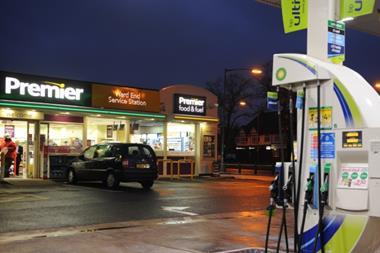
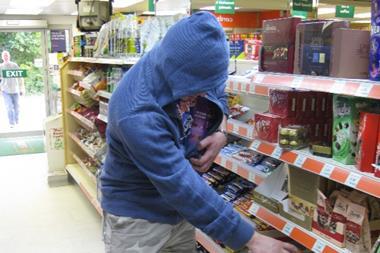
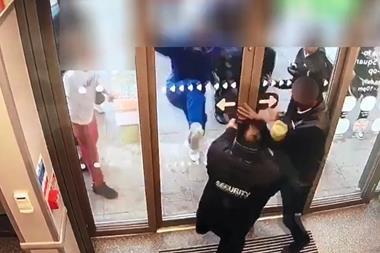
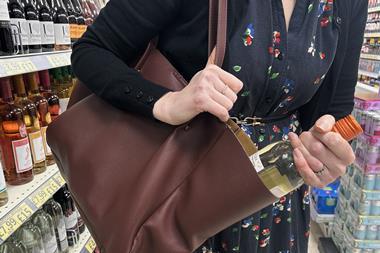
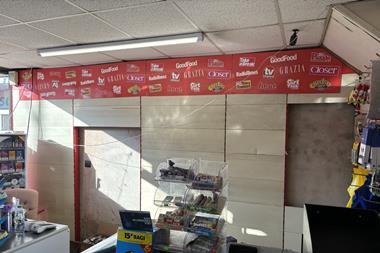
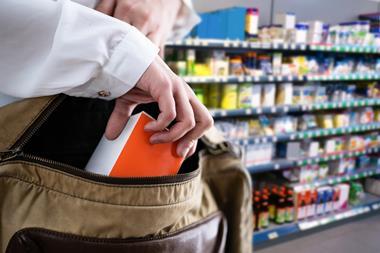
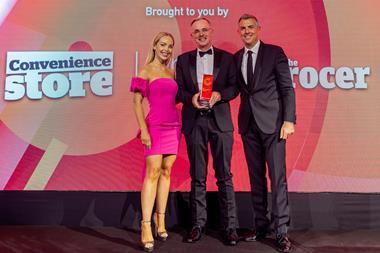
![C-Store_Champions_logo-CHOSEN[1] 2023](https://d2dyh47stel7w4.cloudfront.net/Pictures/380x253/6/5/7/301657_cstore_champions_logochosen12023_817064.jpg)
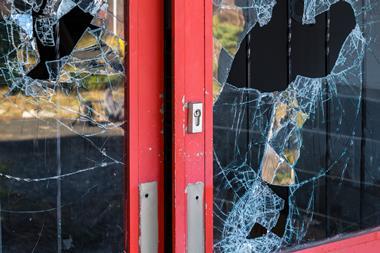



No comments yet